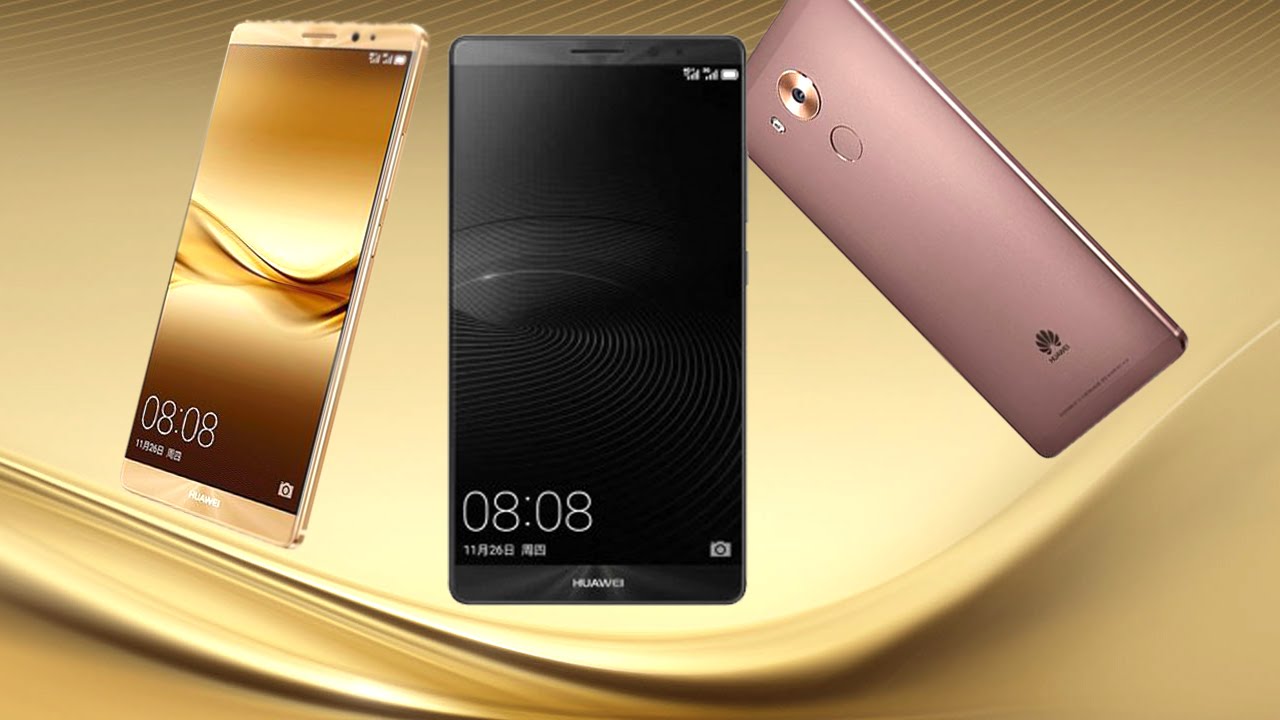
For the first time, a Chinese technology giant is bringing its high-end smartphone to consumers in the U.S., even though the use of its telecom equipment is banned in the country due to security concerns. However, Huawei Technologies Co will have to deal with a number of hurdles in its path to success in the American smartphone market. Almost 80% of the handsets in the US are distributed through the carriers, but they are all reluctant to work with the third largest smartphone maker in the world by shipments. Huawei is behind Apple Inc. and Samsung Electronics in the smartphone market.
Carriers are basically reluctant due to the low recognition of the company’s brand and the security concerns that are linked with its networking equipment. It was recommended in a congressional report in 2012 that Huawei gear should be avoided by carriers in their networks as there was a risk that it would be used by China to spy on the Americans. Such accusations have been denied outright by Huawei and it has clearly stated that it is working independently of Beijing. Apart from that, the company would also have to deal with some technical hurdles pertaining to cellular standards, which could make it costly for the Chinese company to expand to the US.
A Huawei manager based in the US said that they hadn’t as yet figured out how to deal with those obstacles and this was quite a challenge. This month, the company said that its Mate 9 smartphone would be launched in the US, but the phone is most probably going to be sold through online retailers such as Amazon.com. Currently, it carries a $759 price tag in Europe. The exact release date or the price of the phone in the US hasn’t yet been disclosed by Huawei.
The biggest piece that’s missing in Huawei’s global smartphone expansion strategy is the U.S. Founded three decades ago by Ren Zhengfei, the People’s Liberation Army engineer, has become a force to be reckoned with, largely due to its growth in the biggest smartphone market in the world i.e. China. The company has also expanded in other regions including the Middle East, Europe, Latin America and Africa. Its inexpensive models are sold in the US where it had a market share of about 0.4% in the third quarter. The US market leader was Apple with a share of 39% of the market whereas Samsung took second place with 23% share.
The US is considered the largest smartphone market for phone that are priced above $500. Huawei needs to crack this market if it wishes to further its mission of overtaking Apple and Samsung as the top smartphone maker in the world in five years. The head of Huawei’s smartphone business, Richard Yu, said in an interview that it takes time to build trust in the US. Nonetheless, there are technical challenges also involved as the company will have to make considerable and costly changes to its mobile chips for complying with cellular standards of some carriers.







![Watch Video Now on xiaohongshu.com [以色列Elevatione perfectio X美容仪 perfectio X 全新仪器黑科技了解下]](https://www.techburgeon.com/wp-content/uploads/2019/07/perfectiox-singapore-150x150.jpg)
